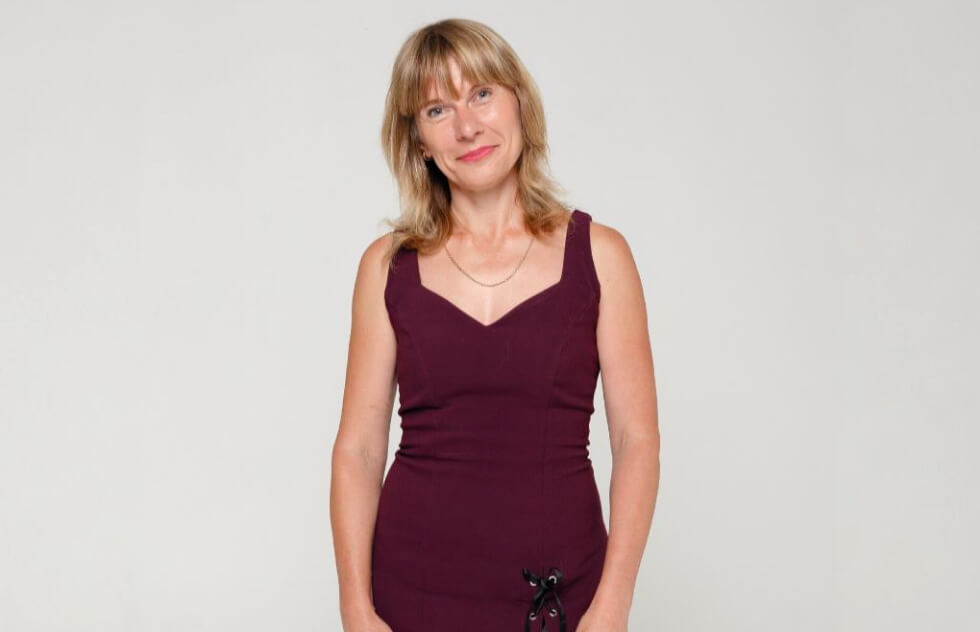About the procedure

A tummy tuck, or abdominoplasty, is an operation performed to flatten the abdomen by removing excess skin and fat and repairing separated muscles. When performed correctly, an abdominoplasty can be one of the most powerful form-enhancing procedures available in plastic surgery.
Common after pregnancies or major weight changes, excess skin and fat across the abdomen is often resistant to diet and exercise. Stretched or separated abdominal muscles (diastasis-recti) generate visibly poor muscle tone in this area. Stretch marks are also a common problem in this area and a tummy tuck often eliminates a majority of them. Because every case is unique, Dr. Patel will tailor your abdominoplasty to your concerns.
At your consultation, Dr. Patel will review with you the various options available for abdominal rejuvenation. He will pay close attention to skin tone, existing scars, possible hernias, fat deposits, and muscle abnormalities, as all are important factors that can influence the surgical result.

